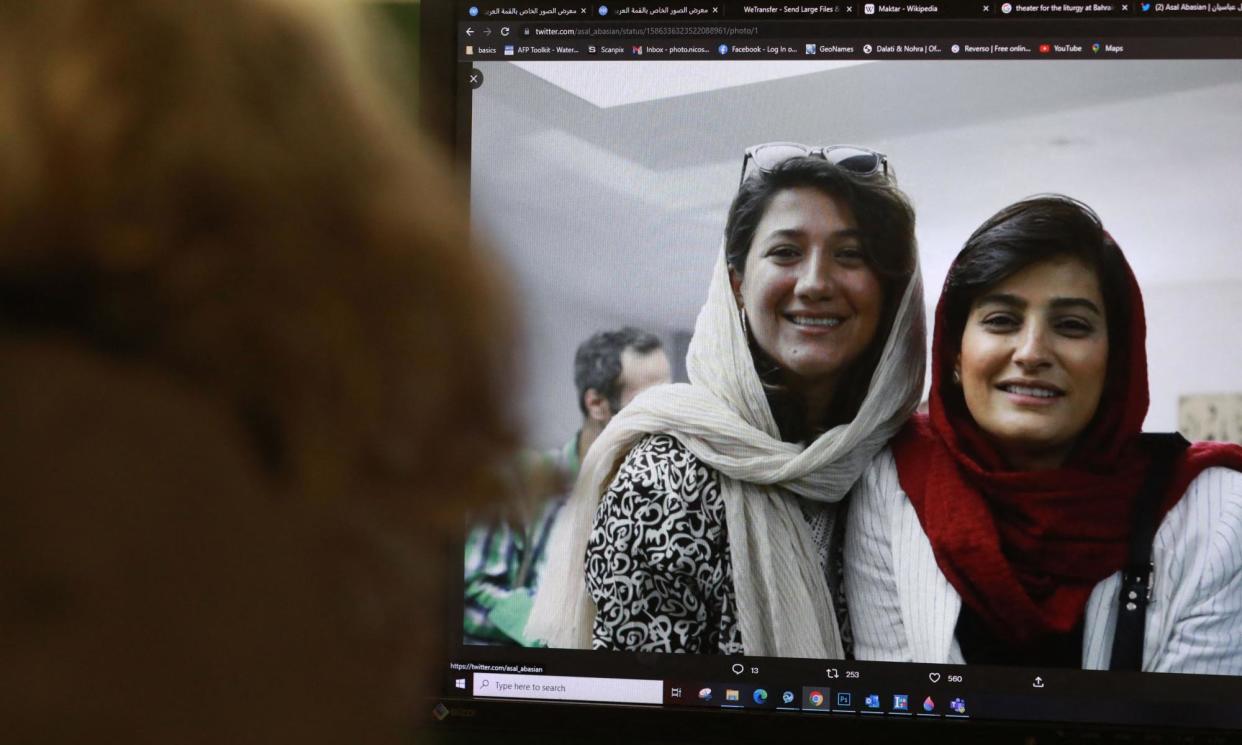Female journalists under attack as press freedom falters

Female journalists are at the “epicentre of risk” as attacks on press freedom intensify around the world.
According to organisations representing women in journalism, the past year has seen an escalation of smear campaigns; racist and gendered attacks; detentions; deportations; censorship; and police violence levelled at female journalists, which is leading to a “chilling” silencing of women’s voices in the media landscape.
There is a very real danger the perpetrators will effectively silence women from playing an active part in the media
Alison Phillips
Kiran Nazish, the founder of the Coalition for Women in Journalism (CFWIJ), said: “We have seen a crackdown on women journalists in the past year from Poland to Bangladesh to Nigeria, Turkey, Canada and the US, as political will in maintaining press freedom declines.
“Women and non-binary journalists are on the frontline of an increasingly hostile environment and are most at risk,” she said.
Nazish pointed to multiple examples of individuals targeted in the past year.
In Iran, the country that jails the most female journalists, Parisa Salehi became the latest to be imprisoned, receiving a five-month sentence after being convicted of “spreading propaganda against the system” in connection with her reporting.
In Canada, Brandi Morin, an Indigenous reporter was charged by police with obstruction during her reporting on a police raid. Perihan Kaya, a Kurdish journalist in exile in Switzerland, faces imprisonment in Turkey on terrorism charges.
“These are just a few examples of a wave of attacks on women and non-binary journalists in the past year,” said Nazish.
Referring to the dystopian, patriarchal state depicted in The Handmaid’s Tale, Prof Julie Posetti, director of research at the Washington-based International Center for Journalists, said the rollback of women’s rights across the world, coupled with the political targeting of journalists and media organisations is, was creating a situation “close to Gilead in terms of digital and real-world threats facing women working in the media combined with the global assault on women’s rights happening in parallel. Women journalists sit at an epicentre of risk across the world.”
Posetti co-authored a global report for the UN on the online threats facing female journalists in 2021. “Five years ago, we looked at the storm of online harassment, threats and intimidation that women are facing online and this has only continued with the weaponisation of social media and artificial intelligence, and there is now no boundary between the offline and online world, where attacks in the digital space are now equally as present in the real world,” she said.
Related: Iranian journalists celebrating release from jail charged for not wearing hijab
“We’ve seen how these experiences are seeing women moving away from public-facing roles, pulling back from on-air positions or removing bylines, or leaving journalism entirely.”
Last year a survey of female journalists found that 75% had experienced a threat to their safety and 25% said they had experienced sexual violence or harassment connected to their jobs.
Alison Phillips, chair of the UK-based Women in Journalism, which commissioned the survey, said: “The toll on mental health and fear for physical safety indicates that a fifth of women journalists have considered leaving the industry altogether.
“There is a very real danger that the perpetrators will effectively silence women from playing an active part in the media,” she said.
On top of increasing physical and digital attacks, legal harassment and the use of Slapp lawsuits by powerful companies and wealthy individuals to silence and intimidate, the detention and imprisonment of female journalists by governments is also rising.
Last Friday, the Global Press Freedom Index, published annually by Reporters Without Borders (RSF), found that political attacks on journalists are increasing across the world.
According to the CFWIJ, 92 female journalists are behind bars, some facing potential death sentences. Of these, 57 have been detained, arrested or imprisoned since the start of 2024.
One of the incarcerated women is the radio reporter Floriane Irangabiye, who was sentenced to 10 years in prison in Burundi in 2022 for undermining national security through her reporting. In Myanmar, the pioneering documentary-maker Shin Daewe was given a life sentence last year by the military junta under anti-terrorism laws.
In March, RSF published data that showed that though women represented only 15% of all detentions of journalists, they were handed more than 50% of the longest prison sentences.
Nazish said it was becoming increasingly hard for organisations such as the CFWIJ to be able to help women who are imprisoned or detained.
“What we are seeing is that our advocacy on behalf of female journalists is becoming harder with fewer and fewer positive outcomes,” she said.
Related: ‘I decided to not let anybody silence my voice’: the journalists in exile but still at risk
“In Russia, a Russian-American journalist, Alsu Kurmasheva, is locked in a five-metre cell and has been more than six months without hot water,” she said. “Her children haven’t heard from her since her unlawful detention.
“During this time, we have pushed our advocacy to the White House along with other advocacy groups. Alsu’s case – from her detention to the response from her government to support her release – is symbolic of what women journalists around the world face.
“Our greatest concern is that, added to this growing environment of threats and detentions, advocacy organisations like us face no support from democratic institutions, and the very citizens that these women risk their lives for look away when they are targeted.”

 Yahoo News
Yahoo News 
